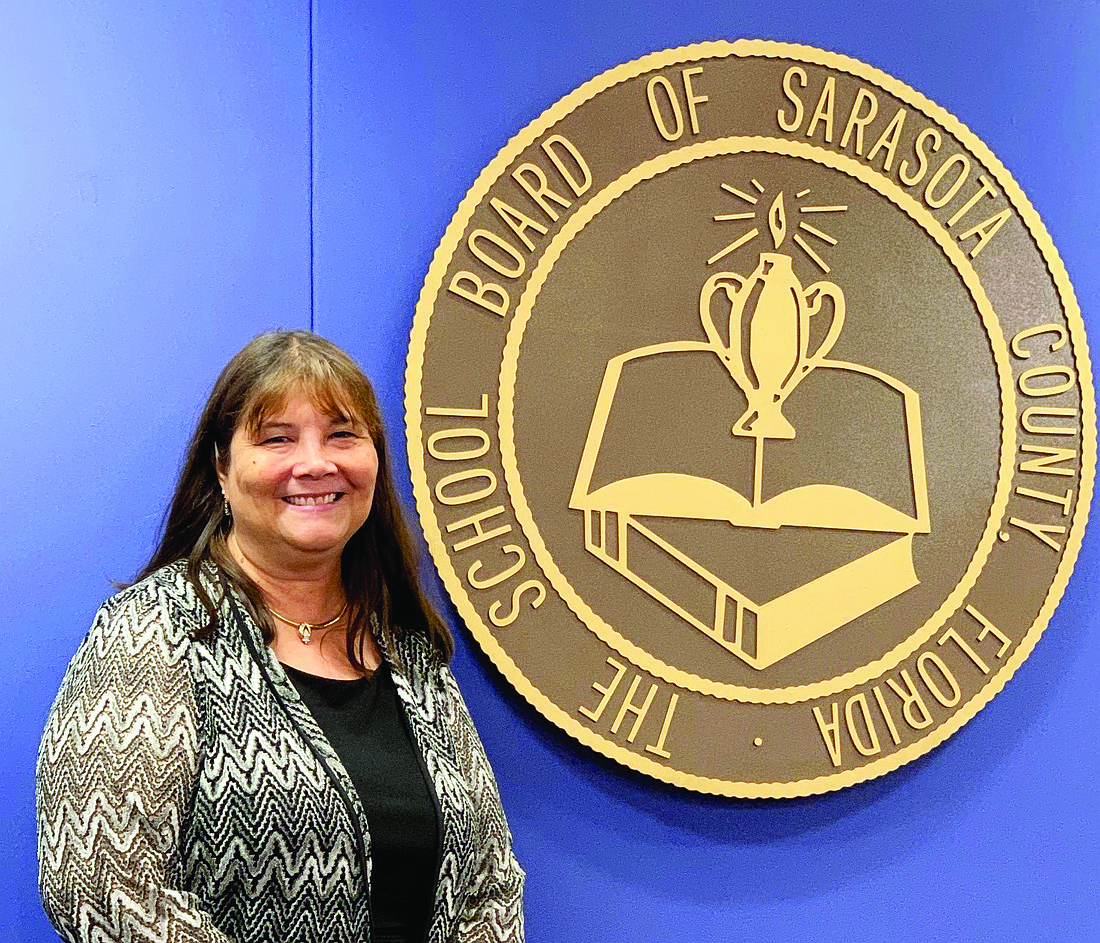- December 21, 2025
-
-
Loading

Loading

The Sarasota County School Board was split 3-2 in its decision to approve a tentative budget of $964 million for the upcoming year, with some board members questioning whether certain expenditures were necessary as the district deals with COVID-19.
Under the plan, the general fund budget would increase by 5.4%, from $477 million to about $504 million, and the board also approved a millage rate of 6.975.
The proposed budget includes a 2.7% increase in funding for operations, which will primarily be used for teacher salaries and benefits.
Under the new budget, $7.8 million in state money will be used to raise the district’s minimum teacher salary to at least $47,500, up from $44,300. This change is part of Gov. Ron DeSantis’ plan to raise teacher salaries across Florida.
A majority of the funds will be used to raise starting salaries, while about 20% will go toward raises for veteran teachers. Additionally, DeSantis ended the Best and Brightest program, which gave some teachers thousands in annual bonuses.
Although board members said they’re happy to see a salary increase for teachers, they are concerned that state budget reductions due to the pandemic could result in less money for the district.
The state contributes approximately 18% of general operations funds, which largely is dedicated to personnel expenses. If the state decreased this contribution, the district would have to find another way to fund salaries.
The budget also includes a dip into the district’s reserves. If projections hold, the district will pull about $22 million from savings, bringing the fund from about $55 million to $33 million, marking a 44% reduction since 2018-19.
Last year the district projected a $13 million reduction in savings, but wound up using $4 million. However, the district this year needs extra money to pay for equipment and Personal Protective Equipment to help combat COVID-19 spread in schools.
Chief Financial Officer Mitsi Corcoran said the district will probably spend close to $2 million on PPE alone following the board’s decision to mandate masks in schools.
“Because of the mandatory mask policy, we now have to provide masks to our students who can’t provide them on their own,” Corcoran said.
The budget also includes an estimated $5.6 million for extra-duty days to allow teachers to return to schools one week earlier than they normally would to plan and train for COVID-19 response, though that is expected to be primarily covered by CARES Act funding.
Corcoran said the district also has reached out to the Florida Department of Emergency Management to see if it’s possible to make several claims throughout the year instead of one at the end of the year. If the district is able to submit multiple claims, it could see money return more quickly.
Additionally, a big unknown for the district is student enrollment. The budget projects a standard increase in enrollment, but should parents choose to home-school their children rather than send them to campus, the district would lose funds for those students.
Students who opt for the district’s Sarasota Virtual schooling will generate a fraction of the per-student funds as a student who attends school in person, and that’s only if they complete their coursework. Students who enroll for in person school or the district’s remote learning option will generate funds as usual.
The district has yet to finalize how many students will return traditionally, so Corcoran said the district won’t fully know what to expect until enrollment is complete. An online survey sent to parents showed that 67% of respondents want to return to brick and mortar classrooms.
Throughout budget season, Bridget Ziegler and Eric Robinson have repeatedly said the district needs to be cautious with spending, particularly on large-scale capital projects, when the full economic effects of the pandemic are still unknown.
“I don’t want us to be shortsighted, but we are also in a territory where it is so incredibly unknown,” Ziegler said. “I believe we need to be scrupulously going through [capital projects] and seeing which ones we need to do for asset capital preservation and the ones that can be held to a future date.”
In an effort to decrease unnecessary spending, the board voted 3-2 to suspend out-of-county travel for all staff members except the school board, which would receive $15,000 in travel expenses. Robinson and Ziegler voted no, in favor of suspending travel for everyone.
“I think it’s important that we lead by example and lead from the top,” Robinson said. “I don’t think it’s fair to freeze the out-of-county travel for the entire school district, and yet have out-of-county travel for school board members. I think it sets a bad example and bad precedent.”
Though the state mandates districts must end the year with a minimum of 3% of total expenditures in savings, the school board set a district minimum of 7.5%. The proposed budget projects the end-of-year fund balance at 8.47%, above the district’s minimum.
The proposed millage rate for 2020-21 is 6.975, up from last year’s millage rate of 6.943. The millage marks the first increase since 2013-14, and Corcoran said it was due to an increase in the required local effort millage, which is given to the district by the state.
The millage rate is calculated at $1 for every $1,000 of assessed taxable property value. So a homeowner with a home with a taxable value of $200,000 can expect to pay $1,395 for the year, about a $6 increase over the previous year.